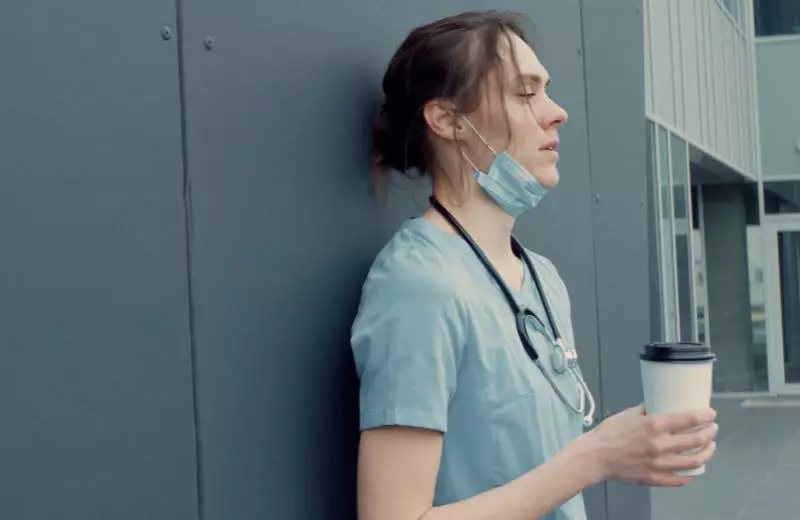When the COVID-19 vaccine becomes available, nurses and other healthcare workers will move to the front of the vaccination line, if the nation’s leaders follow recent recommendations from a government task force.
There are good reasons for that recommendation. Healthcare workers are 12 times more likely to get COVID-19 than the general population. That’s part of the danger for frontline healthcare workers during a virus outbreak.
The recommendations for who will be first to get the COVID-19 vaccine come from a task force of the National Academies of Sciences, Engineering, and Medicine. In its recommendations, the task force puts nurses among “high-risk health workers.”
A Phased Approach to Vaccinating the Public
The task force calls for administering the vaccine in phases based on who faces the most danger from the coronavirus. They recommend rolling out the vaccine in four phases as follows.
Phase 1
This phase includes healthcare workers, first responders, and people of all ages who have comorbid and “underlying conditions” associated with a high risk of suffering severe complications from COVID-19. Phase 1 also includes “older adults living in congregate or overcrowded settings” – in other words, nursing homes and assisted living facilities.
Phase 2
This phase includes all older adults, no matter where they live. It also includes:
- K-12 teachers and school staff
- Childcare workers
- Critical workers in high-risk settings
- People with moderate comorbid conditions
- People in homeless shelters or group homes and staff
- Incarcerated/detained people and staff
Phase 3
In this phase, young adults, children, and workers in “industries important to the functioning of society” and at increased risk of exposure would get vaccinated.
Phase 4
In this phase, the coronavirus vaccine is given to everyone in the general public not covered in the first three phases.
The task force calls for free vaccines, use of existing systems to distribute the vaccine, and the creation of “public health mass vaccination clinics.” They note the clinics are important to reach the millions of U.S. residents with no health insurance.
How the Task Force Created the List
The task force decided which groups to put into the different phases to receive the COVID-19 vaccine based on a number of factors. They included those who were at risk of
- acquiring infection.
- severe morbidity and mortality.
- negative societal impact.
- transmitting the disease.
Nurses rank high on that first factor. A study of healthcare workers in the United Kingdom and the United States published in The Lancet found they face 12 times the risk of catching COVID-19 when compared to the general population. The study authors wrote that those from “Black, Asian and minority ethnic backgrounds” may be at substantially greater risk.
In an interview with Healthline, Dr. Eric Cioe-Peña, Northwell Health’s Director of Global Health, called healthcare workers the best resource during a health crisis. “I said many times in March and April,” he said, “you can build more ventilators, you can’t build more nurses.”
